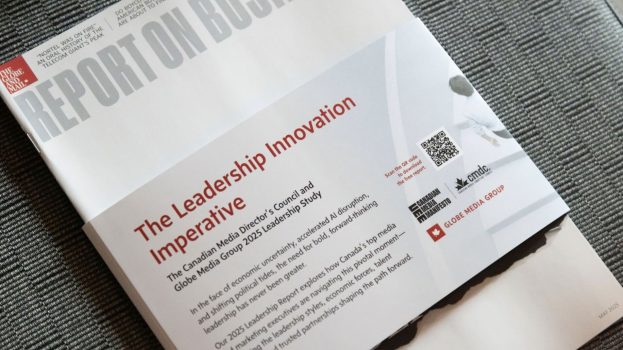This story appears in the September 2015 issue of strategy.
Pre-roll is like the timeshare spiel you have to sit through to get that free trip to Hawaii – except that you have the option to skip the elevator pitch after five seconds. Good news for viewers, but not for marketers, especially if 94% of people say they press the skip button (according to research by MetrixLab). Pre-roll almost needs to be skip-proof, such as Geico’s “Unskippable” spots, which kept people watching through to the end of the frozen scenes. But what other ways can brands keep viewers from skipping out? Here are a few examples.
Dare viewers to stay put: In the U.S., agency Nail Communications created pre-roll that saw a puppy connected to jumper cables with a man warning viewers that if they skip the ad, they’d electrocute the pup. When viewers didn’t close the video after the five-second mark, the man explained that because they saved the puppy, the agency would help save more canine lives by donating a portion of its YouTube spend to the ASPCA.
[iframe_youtube video=”EekcG9bQGhw”]
And in Belgium, the Loterie Nationale’s Lotto game initiated an old-fashioned staring contest with its audience, promising that if they played until the end, they’d be given the chance to win tickets to electronica festival Tomorrowland.
[iframe_youtube video = “2P1fD5E6fHw”]
If you can’t beat ’em, join ’em: Volvo, Grey and Havas Media in Canada hyperlinked 40 pre-roll ads to six billion hours of YouTube content. Each of the ads showcased a vehicle feature and was linked to matching content. Watching a video about a tornado? Volvo showed pre-roll of how its XC60 can track the weather and turn on its wipers when rain falls. A video of someone twerking? The brand showed how it can keep the junk in your trunk from shaking with its grocery bag holder.
[iframe_vimeo video = “130566547”]
Create a new “skip” button: Instead of being given the option to skip the Australian Federal Police pre-roll for its Missing Persons division, people were asked to indicate whether they had or hadn’t seen a person who had gone missing. The spot featured a photo of a man, woman or child’s face and asked if the viewer had seen them, with the skip button modified to show two options: “Yes I have” and “No I haven’t.” In just five days, 238 people clicked the first option and provided new information on cold cases.
[iframe_vimeo video=”94795015″]
























